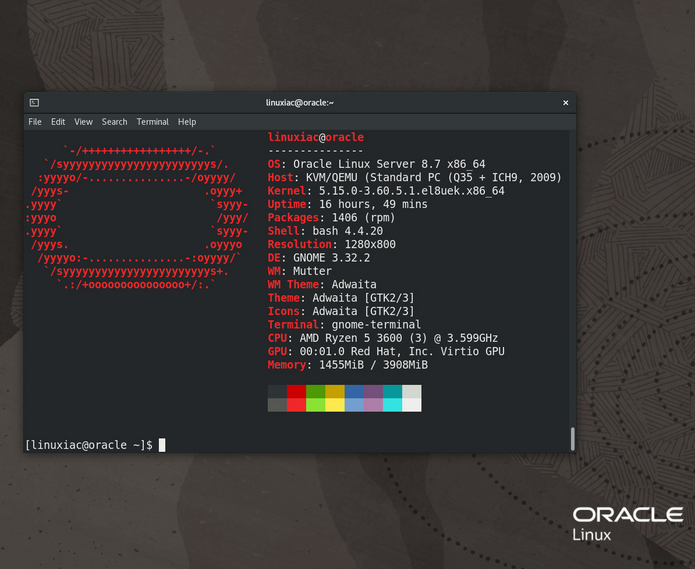LACP
All of the preceding modes can operate without any changes to the switches that the server is connected to. However, there is another mode that is more commonly used, called LACP. LACP is the most complex mode used to aggregate multiple network connections, usually Ethernet, into a single high-bandwidth link. This process is commonly known as link aggregation, NIC teaming, or bonding. LACP is defined by the IEEE 802.3ad standard and is frequently used in enterprise and data center environments to enhance network performance, redundancy, and fault tolerance.
However, to utilize LACP, switches must be configured to use it. As an administrator, it is essential to communicate your configuration requirements to ensure that the switch is configured in a compatible mode. The configuration must match on both ends for LACP to work correctly. Most enterprise-grade network switches and server NICs provide LACP support. Key characteristics and features of LACP include the following:
- Aggregated links: LACP enables the aggregation of multiple physical network links into a single logical link, which appears as a single interface to network devices.
- Increased bandwidth: Aggregating multiple links with LACP can boost network bandwidth for bandwidth-intensive applications and server-to-switch connections. However, each MAC-to-MAC connection is usually limited to the speed of a single member of the aggregated link. If you have a host with two 1 Gb/s ports in the link, you will likely be unable to get more than 1 Gb/s of communication between the host and a client.
- Load balancing: LACP can distribute network traffic across aggregated links using various load-balancing algorithms, preventing network congestion on a single link while optimizing network utilization.
- Fault tolerance: In addition to providing increased bandwidth, LACP also offers redundancy and fault-tolerance capabilities. If one physical link fails, LACP can automatically redirect traffic to the remaining active links, minimizing downtime and ensuring network availability.
- Dynamic protocol: LACP is a dynamic protocol that dynamically negotiates and establishes link aggregations between network devices using LACP frames.
- Modes: LACP supports two modes of operation:
- Active mode: In this mode, the device actively sends LACP frames to negotiate and establish link aggregations.
- Passive mode: In passive mode, the device listens for LACP frames but does not actively send them. It relies on the other end configured in active mode to initiate the aggregation.
LACP is commonly used in scenarios where HA and network performance are critical, such as server-to-switch connections, inter-switch links, and connections to Storage Area Networks (SANs). It allows organizations to make efficient use of available network resources and improve network reliability.
Getting ready
For this recipe, you will need three Oracle Linux 8 systems, each with access to yum repos. For this exercise, we will call them networking, client1, and client2. They are mostly identical systems, each with 8 GB RAM, 4 vCPUs, and 100 GB of drive space. The difference is that networking should have two network interfaces on the same network. The filesystems have 50 GB in /, 5 GB in /home, and 8 GB in swap. The remaining disk space is unallocated.




